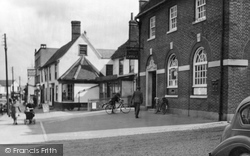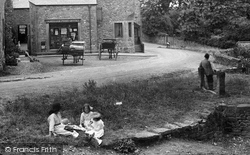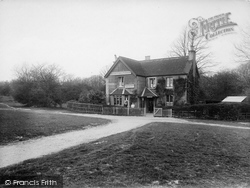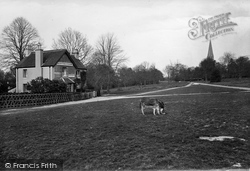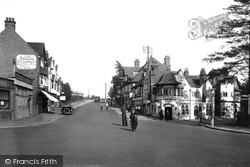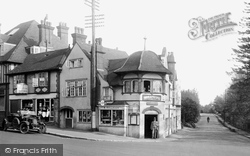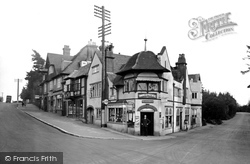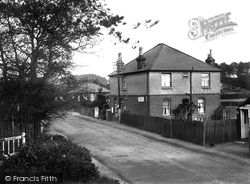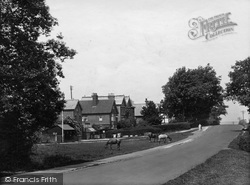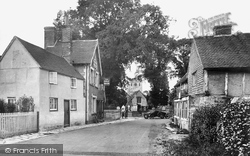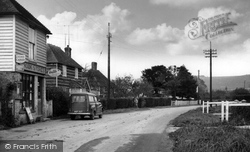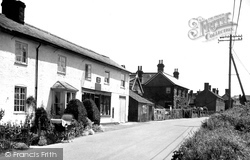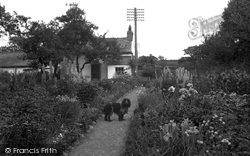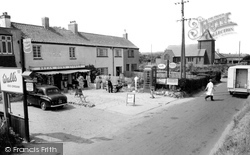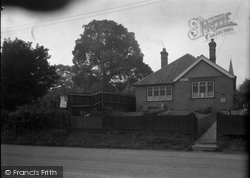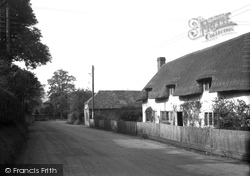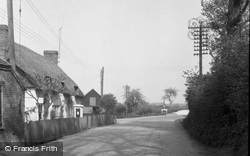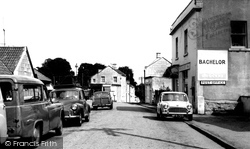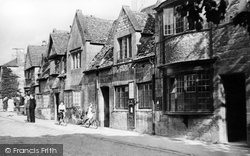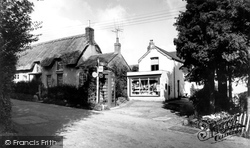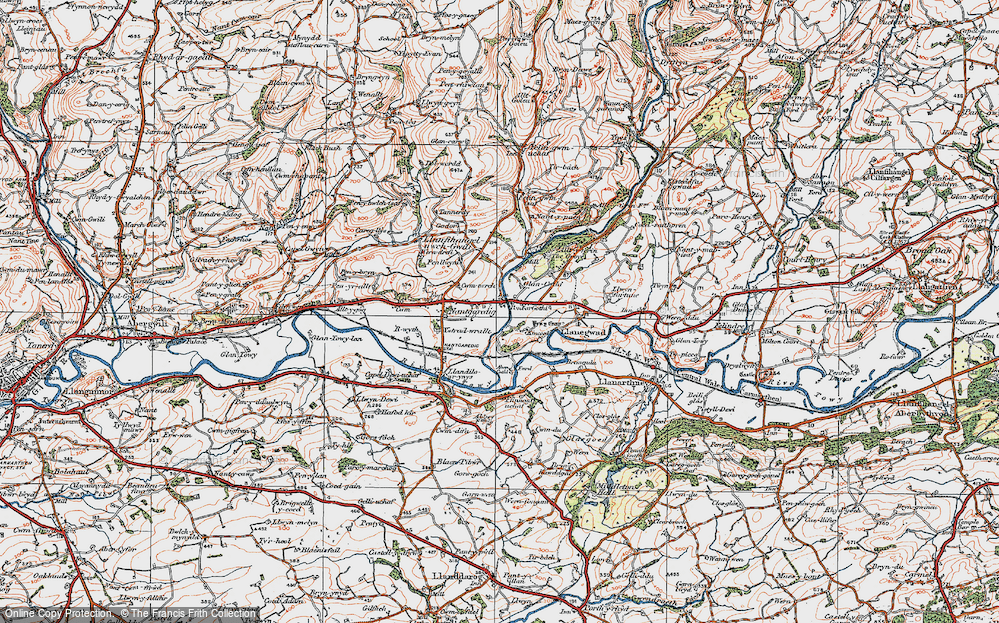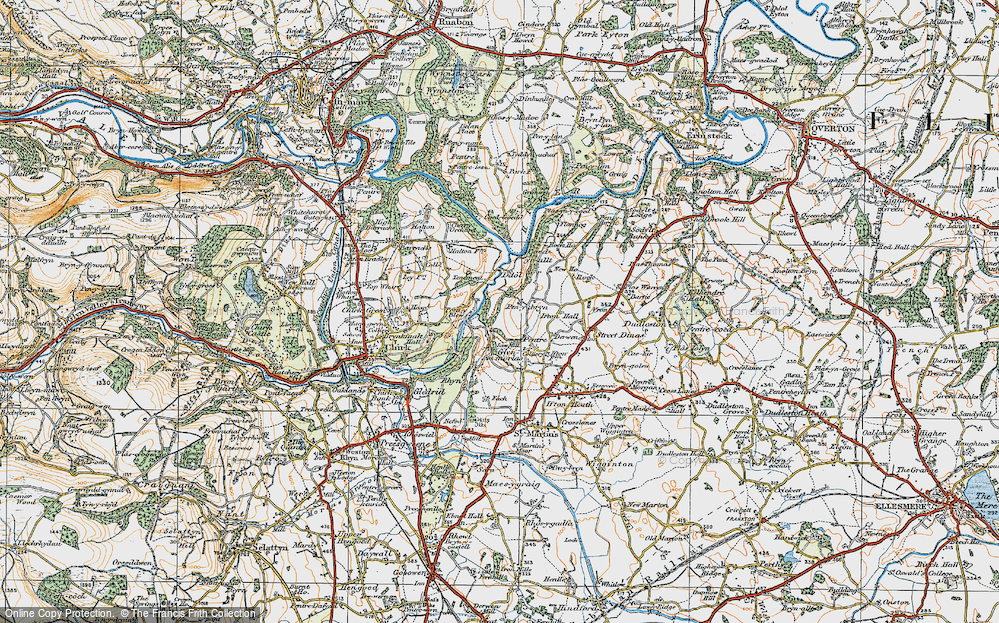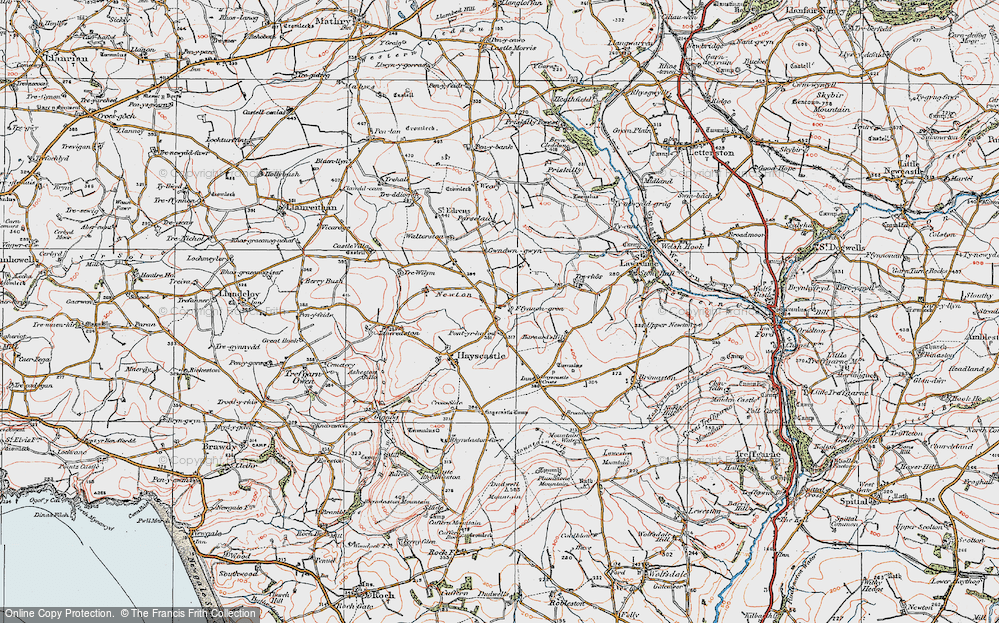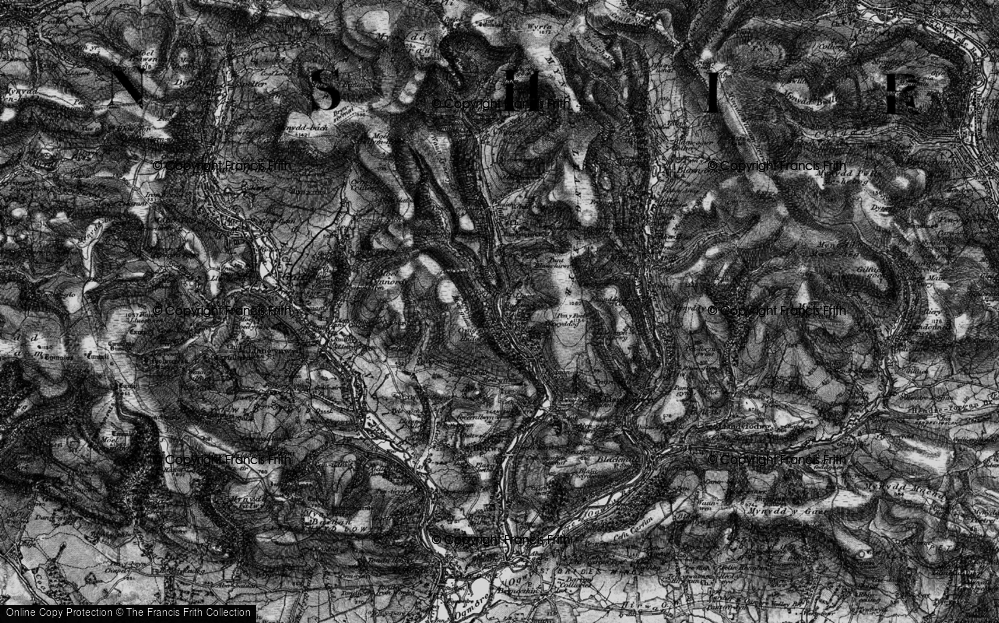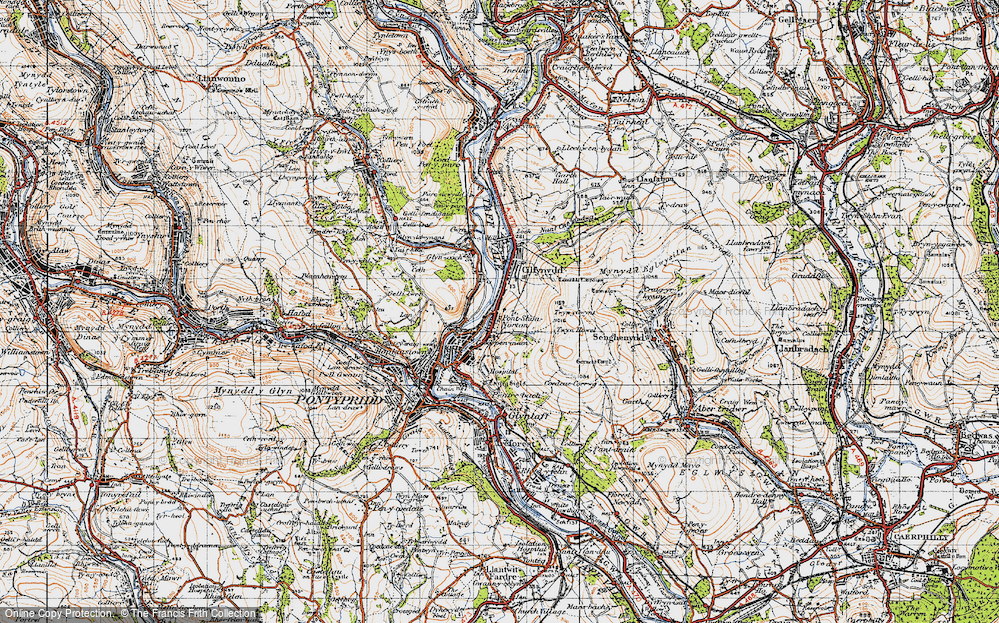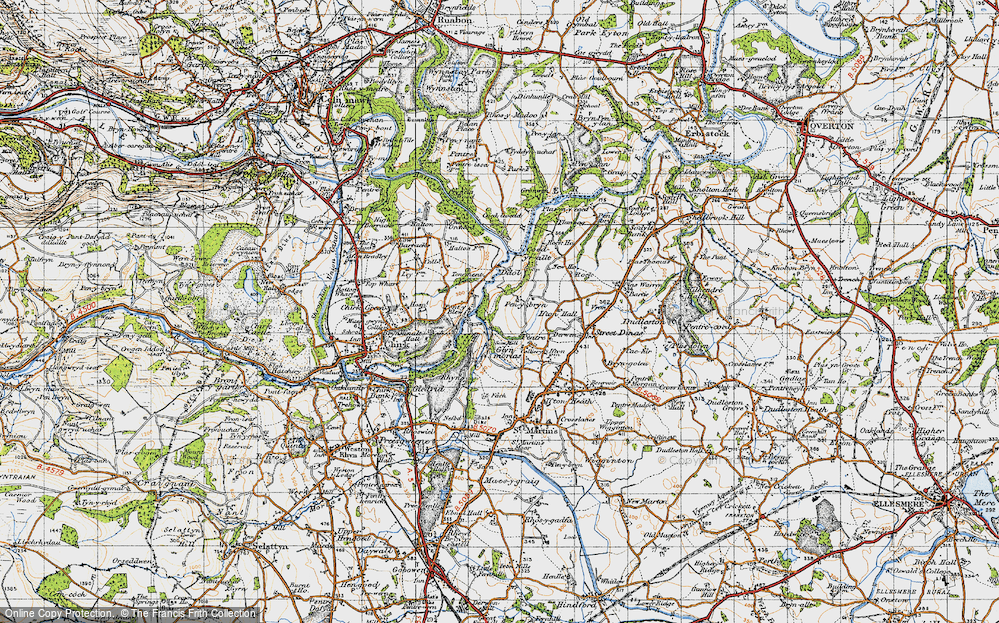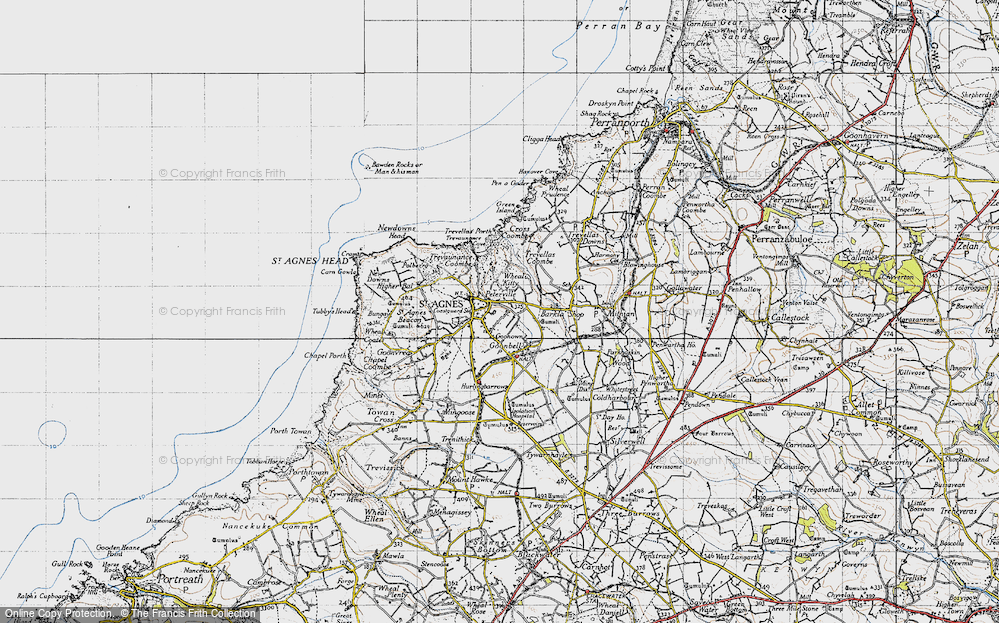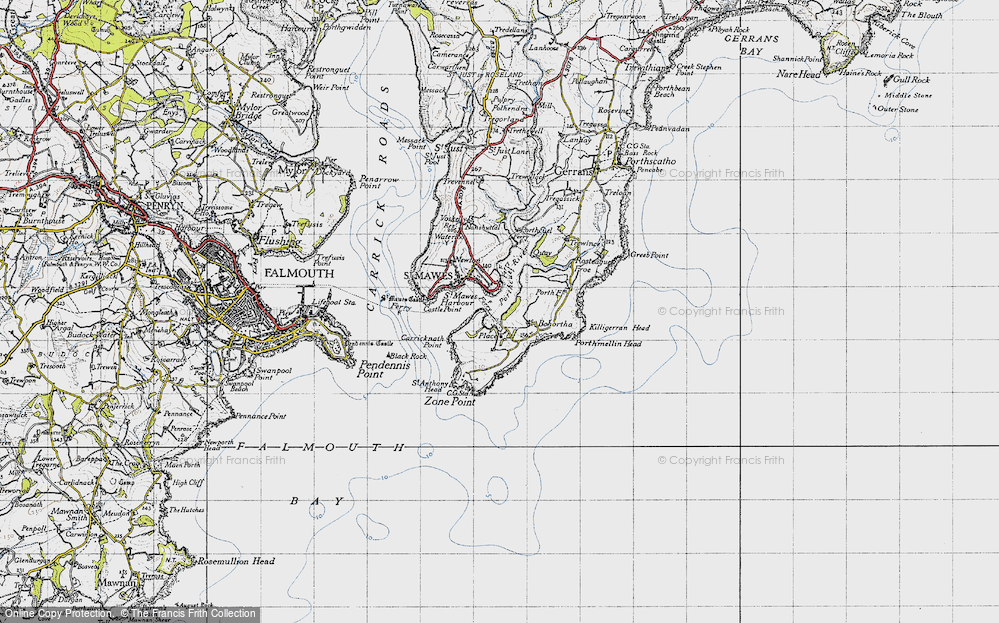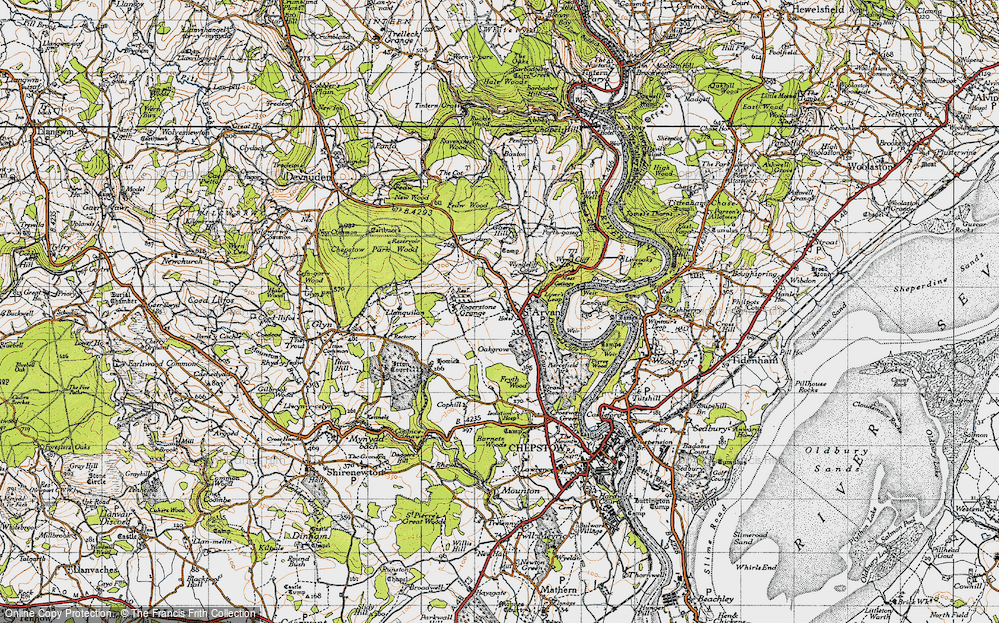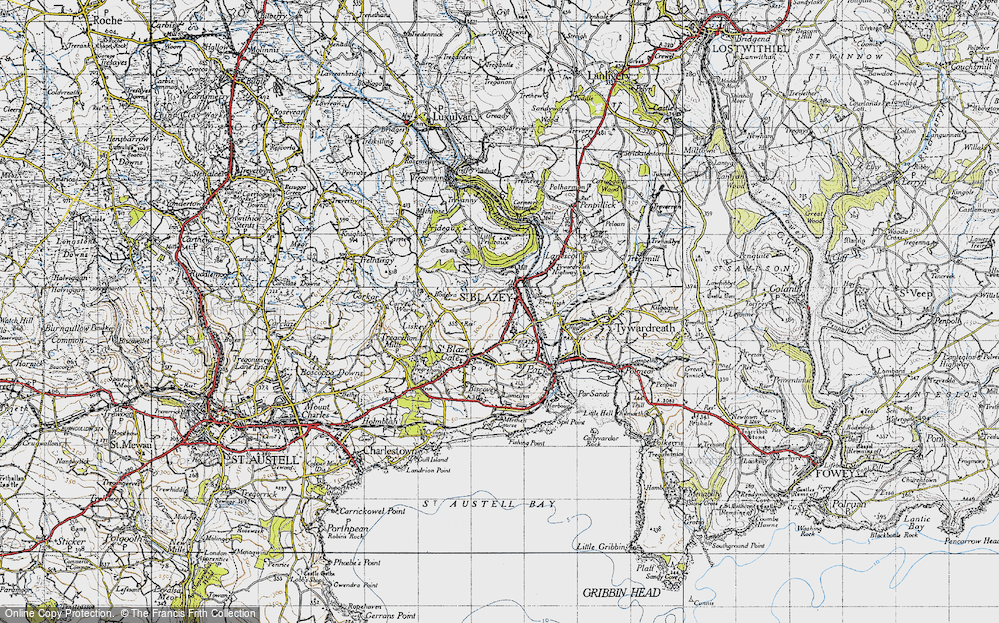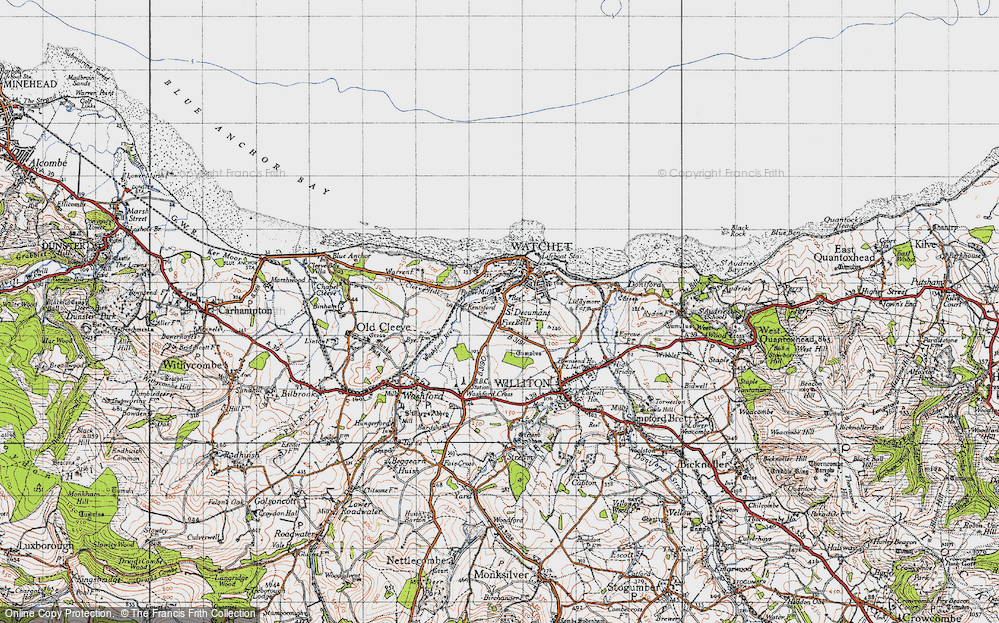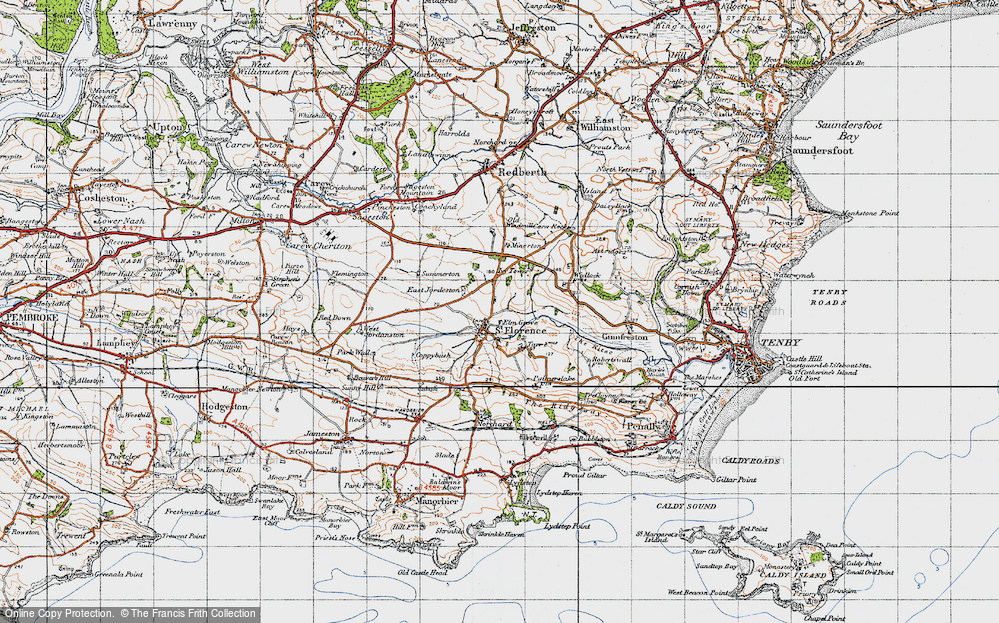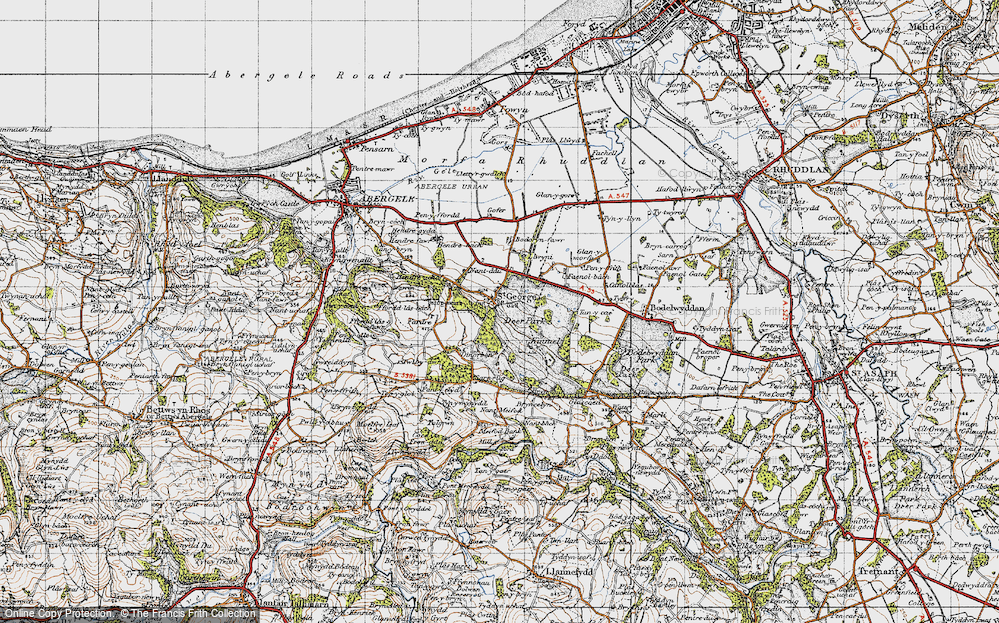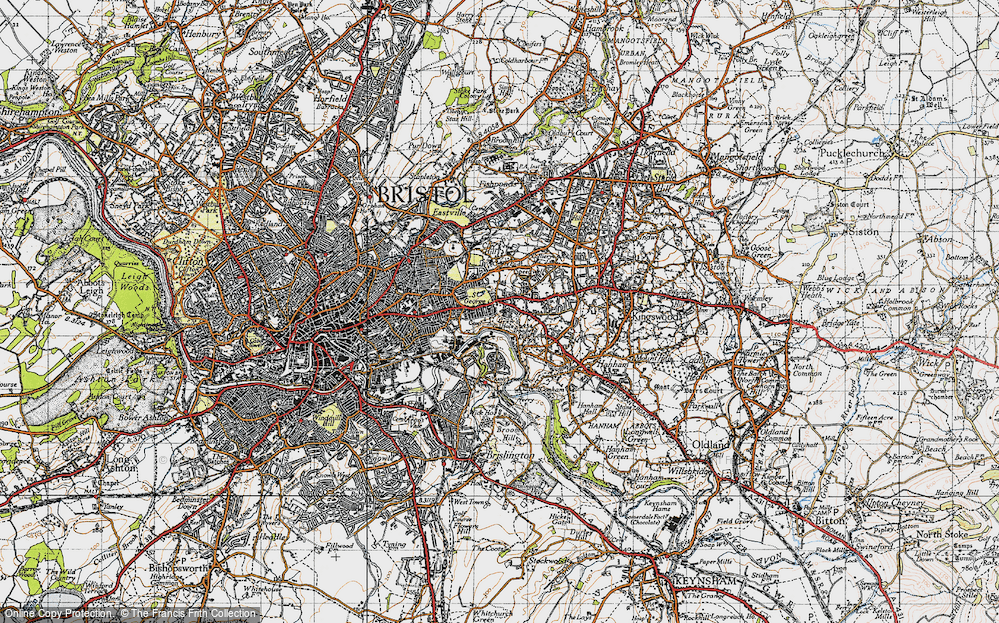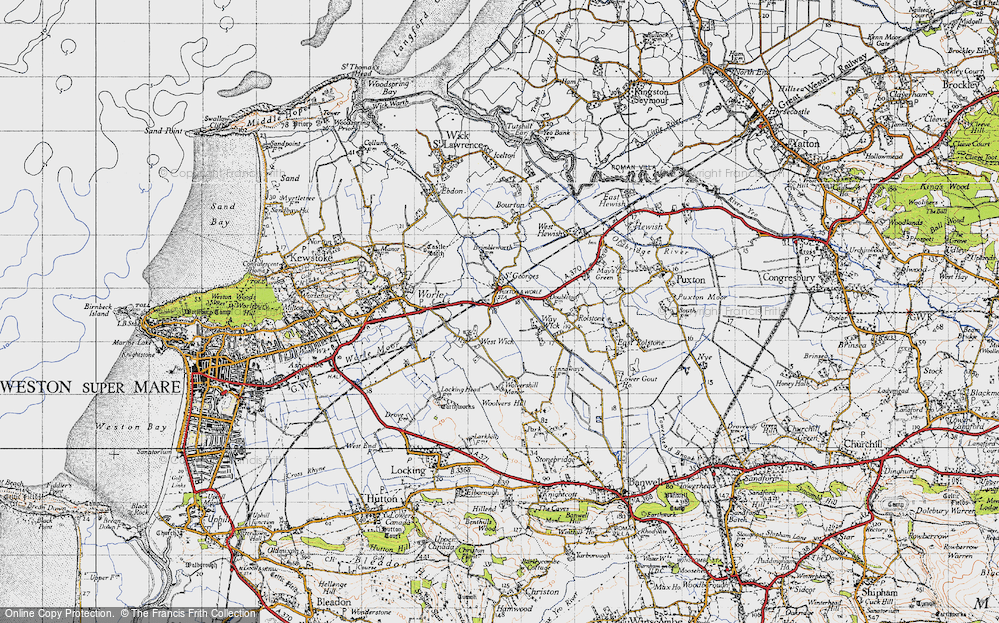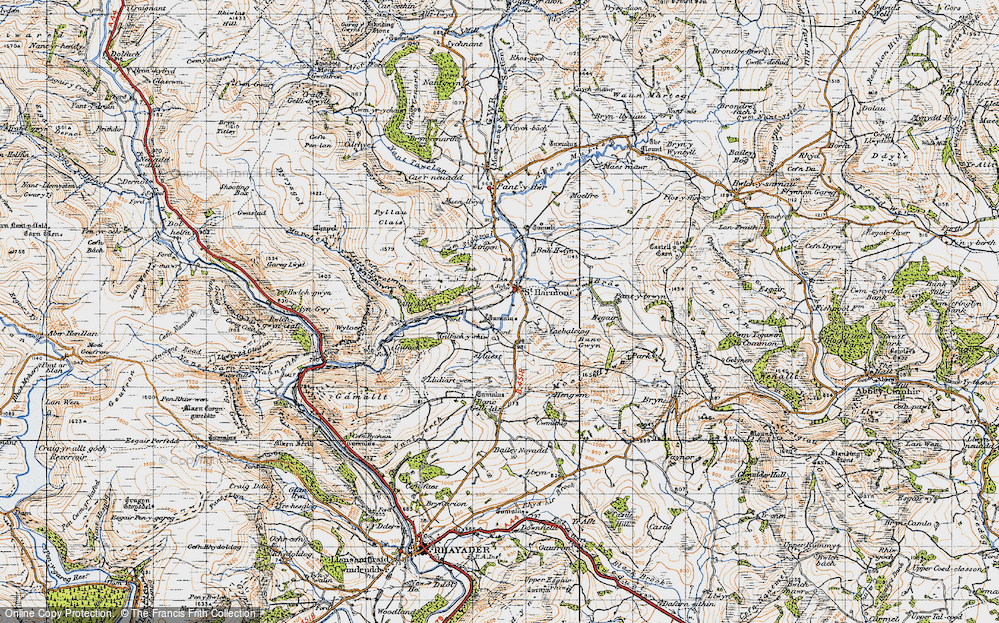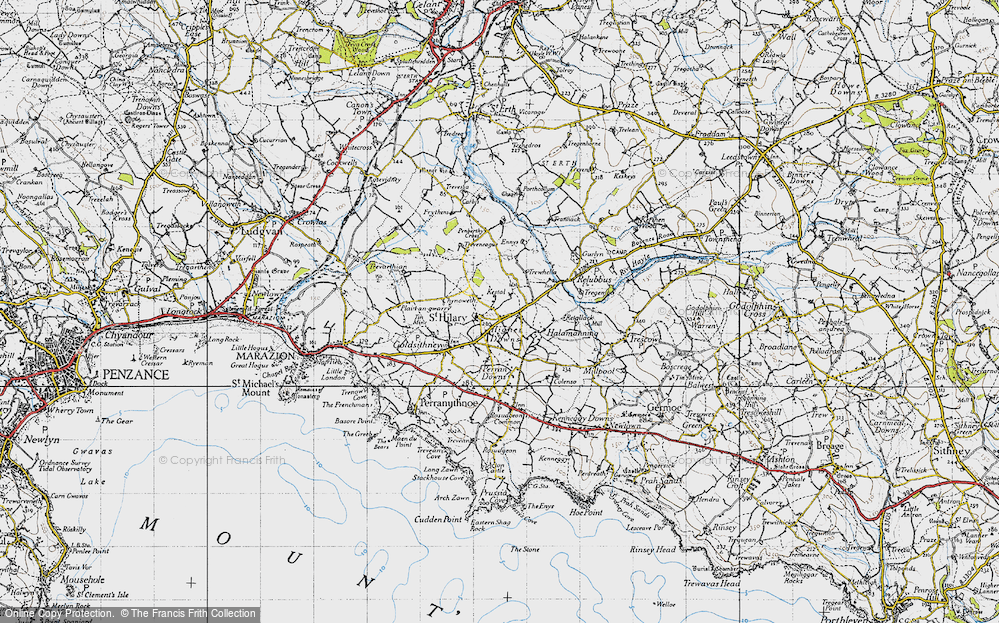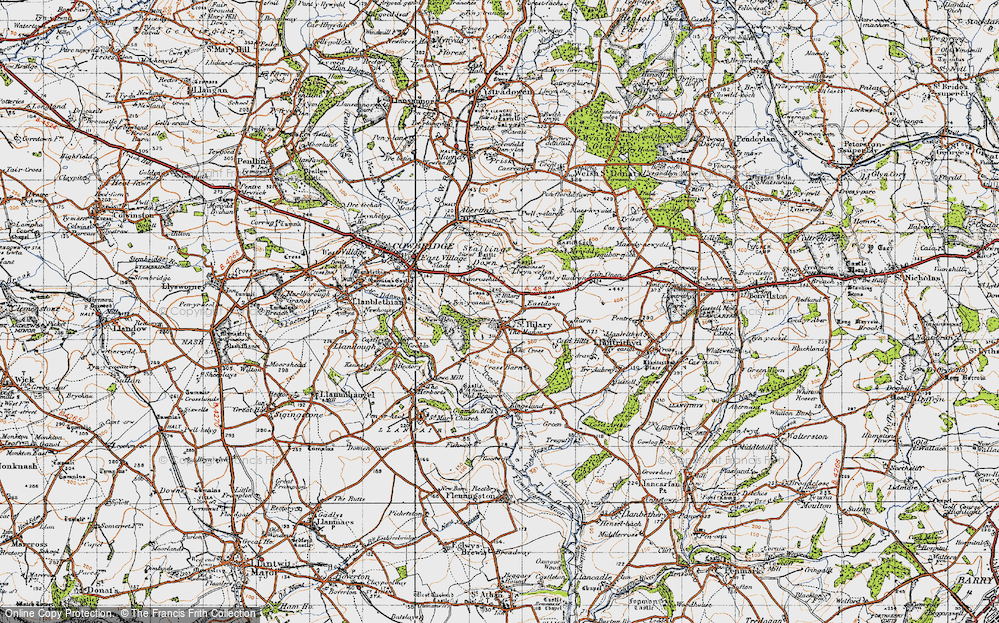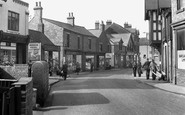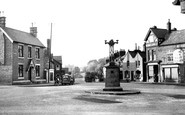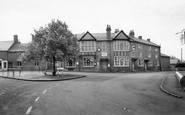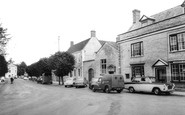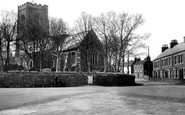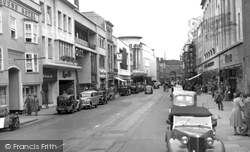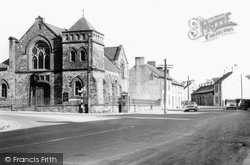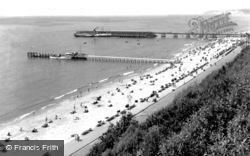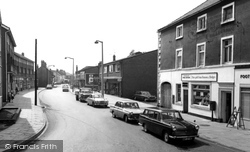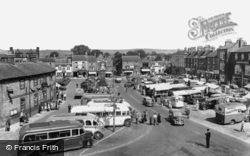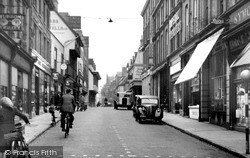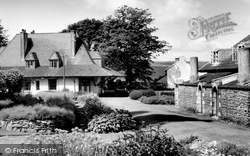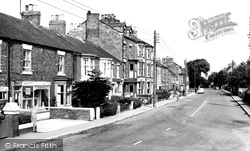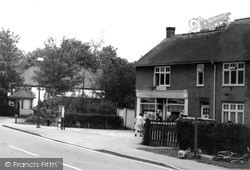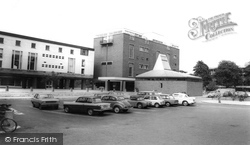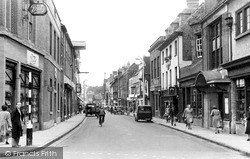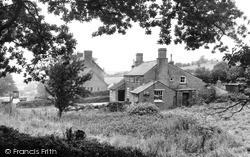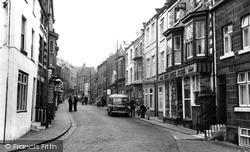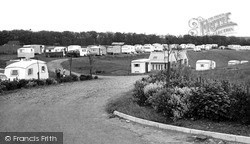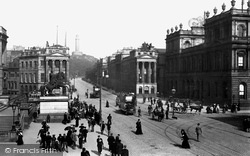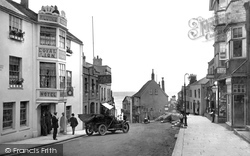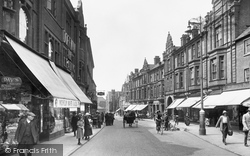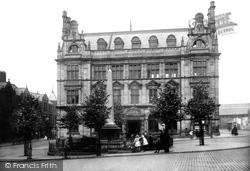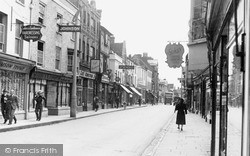Places
9 places found.
Those places high-lighted have photos. All locations may have maps, books and memories.
Photos
2,748 photos found. Showing results 121 to 140.
Maps
776 maps found.
Books
1 books found. Showing results 145 to 1.
Memories
2,734 memories found. Showing results 61 to 70.
Wartime Years In Llanarmon Yn Ial
Shortly after the outbreak of war, my Father who had a pet shop in Wallasey, evacuated the family to Llanarmon. We consisted of Dad, Mum, my brother Ray and myself. We moved into Rose Cottage in the ...Read more
A memory of Llanarmon-yn-Ial in 1940 by
Mill Street Clowne. 1950
The gentleman pushing a cart in the foreground of this picture is my grandfather, Ernest Pearce (1895-1970). The cart was used to transport bundles of sticks that he cut for sale as firewood. They were sold for 4d a bundle. ...Read more
A memory of Clowne in 1950 by
School Uniform
When I passed the 11 plus exam I was selected to attend Kibworth Grammar School. The only place that you could get the uniform was the little shop in the photo to the right of the monument in the Square. This meant a trip ...Read more
A memory of Kibworth Beauchamp in 1949 by
Growing Up In Filton
I was born in Plymouth of Welsh parents, there was no work in Newport Wales when my Father got out of the Navy, so, we moved to my Grandparents house in 50 Wallscourt Rd Filton, until our house 13 Canberra Grove Filton became ...Read more
A memory of Filton in 1966 by
Floating Coffins
South Wingfield Church is situated right beside the river and it was reported to me when I was looking round the graveyard (I'm a fam hist fan) that they have /had problems when the river flooded disturbing the graves and ...Read more
A memory of South Wingfield by
Treowen Road
I was born in March ,1947 at 69,Treowen Road.It was a terrible winter,and the midwife who delivered me (Nurse Maiden) had to enter the house through the upstairs bedroom window because the snow was pilled up so high. I lived in treowen ...Read more
A memory of Crumlin in 1947 by
The Nag''s Head
One didn't have to travel to London in the past to watch pro bands plying their trade. The Nag's Head public house was a much attended venue during the late 1960s and early 1970s for watching many of the (what was then known as) ...Read more
A memory of Wollaston in 1969 by
Post Office And Boy's School
The Red Lion Building used to be a Post Office run by Mr and Mrs Salter. Next door to was the Boy's School. The boys and girls went to separate schools in those days – the girls were taught by Miss Bibby at Monteclefe ...Read more
A memory of Somerton by
My Early Years
my memories relate from the very early forties till the early eighties. I was born in Andover in 1937.My mother was a Lambourne and was born in Thruxton in 1903 at Rose cottage which is just to the left of the "George" looking ...Read more
A memory of Thruxton in 1940 by
I Lived In The Square
I used to live in the square in one of the houses opposite the church. My father was in the navy at Spurn Head for a couple of years during the war. I went to the local school and I think my teacher was called Miss Skelton. ...Read more
A memory of Easington in 1940 by
Captions
1,653 captions found. Showing results 145 to 168.
Here we see a mixture of Georgian, Victorian, thirties' style cinema and post-war reconstruction.
One of his briefs was to include the local Post Office in his photographs, so that it could then be turned into a postcard to sell in the shop.
Grey Abbey was once the post town on the Newtownards to Portaferry road.
In this photograph we can see the 'Bournemouth Queen' which was only at Bournemouth in the post-war years from 1947-1950.
Post-chaises ferried travellers between the coaches and their overnight stay – this was truly a bustling place.
During the 18th and 19th centuries, Thirsk was one of the posting stations serving the Great North Road; The Fleece was the main coaching inn.
Sturdy bicycles abound in this post-war view. But now, with increasing recognition that cars and pedestrians do not mix, the road sports a pedestrian crossing.
During the 18th and 19th centuries, Thirsk was one of the posting stations serving the Great North Road; The Fleece was the main coaching inn.
The building on the left is the present Post Office, under the shadow of the Priory itself.
The village grocer's and newsagent's shop is seen in the foreground here with, immediately to its left, the village post office.
The busy post office is also a Spar shop. Nearby is a nicely framed bus shelter.
The cars look quaint and characterful, but these days the typical post-war architecture seems tired in style and not a lot more than simply functional.
Behind the Best Kept Village sign (centre) stands Datchworth's whipping post. It is said that it was last used in 1665 when 'two vagabonds were publicly flogged here'.
The scene reflects the austere post war years.
Although primarily a post office and village store, the signs tell us that teas were also served here 'neath the apple trees'.
Again in the High Street we see the post office stores on the right and, on the left, 'for the handyman we stock paints, wallpapers, electrical goods and hardware'!
For many families in the years of post-war austerity, a caravan holiday offered the ideal solution to a holiday by the sea.
Over on the right is the general post office. The statue is of the Duke of Wellington.
Holiday- related businesses include a Post Card Depot and a photographer's Kodak sign. Opposite the Royal Lion, until it moved up the street, was the post office.
On the right the Old Post Office Buildings, faced in red terracotta, were a triumphant memorial to the Victorian splendour of the town, and to Gotch and Saunders, the architects.
On the right the Old Post Office Buildings, faced in red terracotta, were a triumphant memorial to the Victorian splendour of the town, and to Gotch and Saunders, the architects.
Post-war expansion of Cambridge pushed the suburbs into outlying villages. We can see early signs of the requirement to control traffic flow with the now ubiquitous Keep Left bollards.
The first post office was in the Shambles in Lancaster Road – it was simply a small room connected with a dwelling house, and quickly proved inadequate.
Compared to picture number 56356 in 1906 (pages 48-49), Catherine Street looks very drab, despite the evocatively named Cafe Rendezvous on the left.The scene reflects the austere post war years.
Places (9)
Photos (2748)
Memories (2734)
Books (1)
Maps (776)


